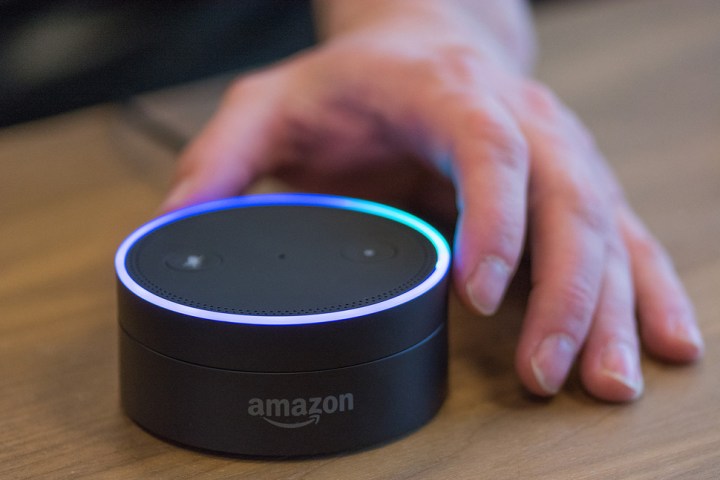
“Since the introduction of Amazon Echo and Echo Dot, device makers have been asking us to provide the technology and tools to enable a far-field Alexa experience for their products,” said Priya Abani, director of Amazon Alexa. “With this new reference solution, developers can design products with the same unique 7-mic circular array, beam-forming technology, and voice processing software that have made Amazon Echo so popular with customers. It’s never been easier for device makers to integrate
Not only will the availability of this technology make things easier, it will make them significantly more cost-effective as well. No more cobbling together spare parts or looking for a hacked solution — rather, Amazon is handing over the veritable keys to the castle.
Included in the hardware solution will be the 7-microphone array identical to the one found in Amazon Echo; Amazon’s proprietary software for wake word recognition, beam-forming, noise reduction, and echo cancellation; and reference client software for local device control and communication with the Alexa Voice Service.
Key to the expansion of Alexa’s abilities is the NXP reference platform from NXP Semiconductors. The reference platform is responsible for integrating Amazon’s far-field voice recognition technology and the
“Integrating high quality audio processing has made the development of advanced voice-enabled devices lengthy and complicated,” said Geoff Lees, senior vice president and general manager of microcontrollers at NXP. “NXP’s reference platform for Amazon Alexa is the definitive solution to this problem. This reference design integrates Amazon’s proven far-field voice recognition technology and our popular i.MX development platform to enable the creation of high-performance voice-enabled devices with
But be warned, not just anyone will be able to get their hands on this equipment. Rather, Amazon noted, the hardware will be made available to commercial device makers only through an exclusive invitational program — that is, for the time being. You can, however, visit Amazon’s developer site to request an invite, and perhaps brush up on your knowledge about the reference solutions that are already available for makers hoping to bring Alexa into their products.
Article updated on 4-14-2017: Added news of NXP’s contribution to the expansion of Alexa for third-party developers.
Editors' Recommendations
- 7 things we wish Amazon Alexa could do
- 7 things you didn’t know Alexa could do on an Amazon Echo smart speaker
- Ebay plays a card from Amazon’s deck with third-party end-to-end fulfillment


